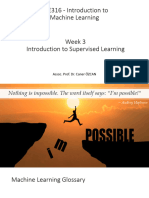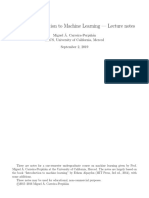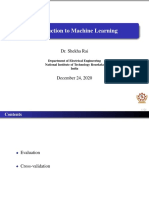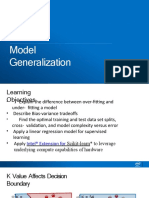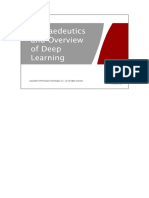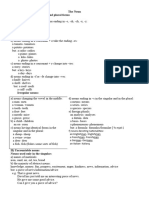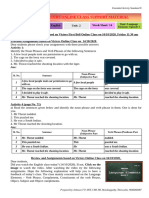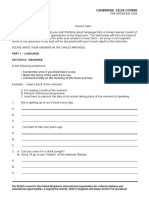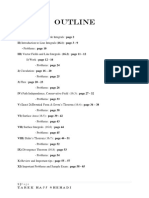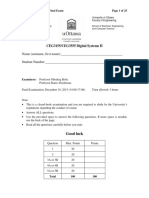0% found this document useful (0 votes)
13 views43 pagesLecture Slide 02 - Supervised Learning-1
The document outlines the principles of supervised learning in machine learning, detailing the process of training models using labeled data to minimize prediction errors. It discusses the distinction between regression and classification problems, the importance of model selection, and techniques to avoid overfitting, including cross-validation methods. Additionally, it emphasizes the need for proper data partitioning and evaluation to ensure accurate model performance on unseen data.
Uploaded by
exceptionmr3Copyright
© © All Rights Reserved
We take content rights seriously. If you suspect this is your content, claim it here.
Available Formats
Download as PDF, TXT or read online on Scribd
0% found this document useful (0 votes)
13 views43 pagesLecture Slide 02 - Supervised Learning-1
The document outlines the principles of supervised learning in machine learning, detailing the process of training models using labeled data to minimize prediction errors. It discusses the distinction between regression and classification problems, the importance of model selection, and techniques to avoid overfitting, including cross-validation methods. Additionally, it emphasizes the need for proper data partitioning and evaluation to ensure accurate model performance on unseen data.
Uploaded by
exceptionmr3Copyright
© © All Rights Reserved
We take content rights seriously. If you suspect this is your content, claim it here.
Available Formats
Download as PDF, TXT or read online on Scribd
/ 43






